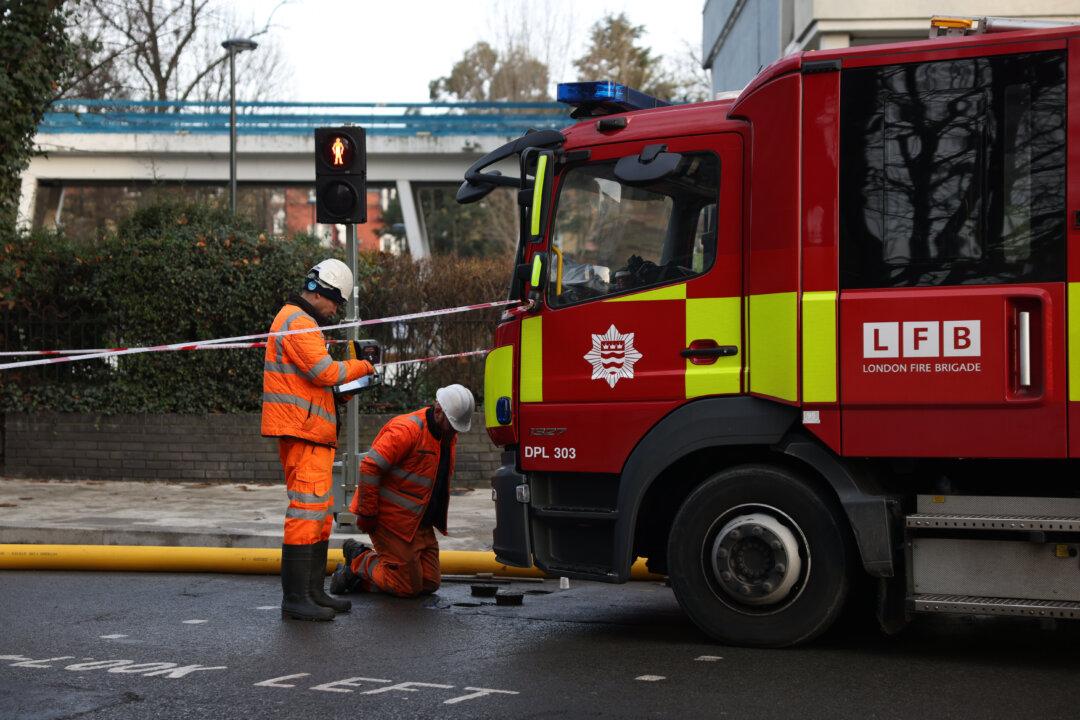Britain’s police forces are ineffective in their handling of digital forensics, causing “unacceptable” delays and exposing victims to “unnecessary risks,” a police watchdog has said.
In its latest report, His Majesty’s Inspectorate of Constabulary and Fire & Rescue Services (HMICFRS) examined how effective the police are at capturing evidence from digital devices, including smartphones and computers.





